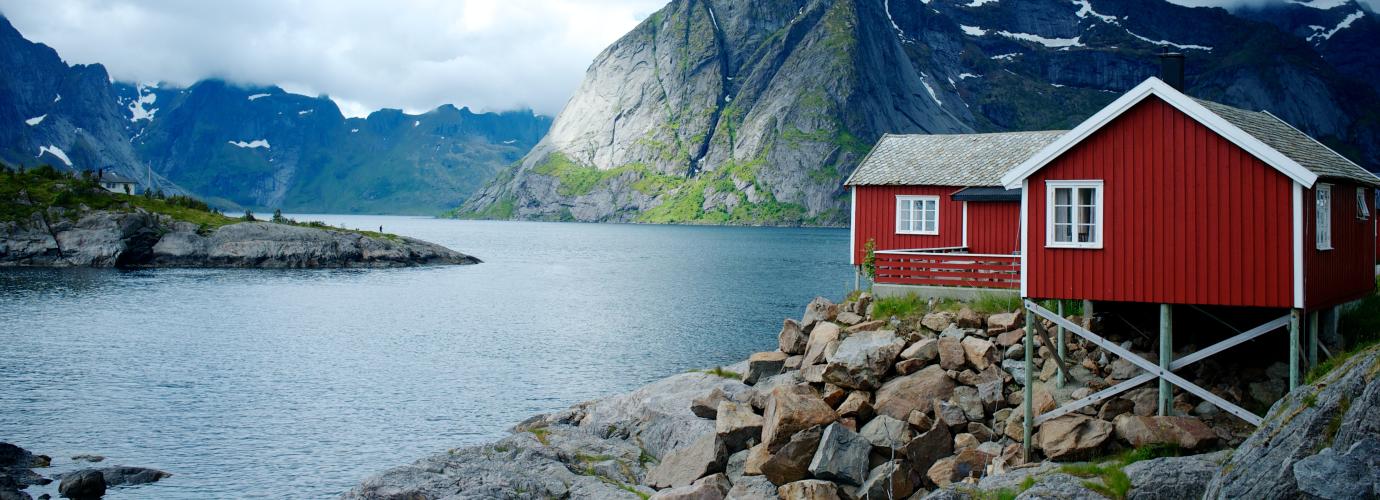This chapter contains information on both general upper secondary education, vocational training and tertiary vocational education. General and vocational upper secondary education have a common Core Curriculum and are often offered at the same schools.
Upper secondary education and training covers the years 11 to 13 and normally serves the 16–19 age group. It includes general education and vocational education and training. General study programmes normally last three years and lead to a university admission qualification. Vocational education and training normally last four years, of which the first two years are school-based and the last two are work-based (an apprenticeship).
Young people who have completed primary and lower secondary education or the equivalent have the right to three years of upper secondary education and training and four years in the case of vocational training. This right is contingent upon the student having completed primary and lower secondary education, but not upon having passed all subjects or exams.
The aim is to have high-quality schools that equip individuals and society with the tools they need in order to add value and build a prosperous and sustainable future. The Norwegian school system is based on the principles of equality and adapted learning for everyone within an inclusive environment. All students should develop key skills, and in the course of their education, they should both face challenges and experience a sense of achievement.
The Act relating to Primary and Secondary Education regulates primary education, lower secondary education and upper secondary education and training. The objectives are stated in Section 1-1, and span over the acquisition of fundamental values in Christian and humanist traditions and the promotion of democracy, equality and respect for individuals and their thinking. It also states that pupils and apprentices develop knowledge, skills and attitudes in order to be able to master their lives and participate in working life and society.
Primary and lower secondary schools are owned by the municipalities, whereas upper secondary schools are owned by the counties.
Vocational tertiary education consists of programmes of short duration. These range from half a year to two years of full-time study at the post-secondary and tertiary levels.
The Norwegian Agency for Quality Assurance in Education (NOKUT) is responsible for the accreditation and external quality assurance of tertiary vocational education. In the Norwegian Qualifications Framework, a vocational college education is at level 5, reference to level 5 in EQF. Level 5 in the Norwegian Qualifications Framework is subdivided, however, into two levels of descriptors:
- sub-level 5.1 for partial level completion. The programmes of half a year and one year's duration are at level 5.1. (correspond to ISCED 4)
- level 5.2 for full level completion. The programmes of two years' duration are at level 5.2. (correspond to ISCED 5)
For the (very few) programmes of one and a half years' duration, NOKUT decides on the appropriate level as part of the accreditation process. Study programmes of two years duration (ISCED 5) make up roughly one-third of the programmes offered within higher vocational education. Around 70% of these programmes fall within technical subjects.

